A few National Arboretum pics
davidrt28 (zone 7)
8 years ago
last modified: 8 years ago
Featured Answer
Sort by:Oldest
Comments (38)
Toronado3800 Zone 6 St Louis
8 years agohairmetal4ever
8 years agoRelated Discussions
Some Bonsai Photos = US National Arboretum
Comments (6)Thanks for posting these! For those who don't know, the white pine at the bottom of the page is called the "Yamaki" pine after the family that donated it to the United States. It was growing in a garden in Hiroshima, Japan when the bomb fell, but the trees in the garden were sheltered from the blast by a large wall....See MoreHana-jiman at National Arboretum
Comments (1)This is a beautiful sasanqua I have this growing on a front east facing wall of my home espaliered. It is only about 4 years old. I used to work for a lady in South Georgia and she has two older ones espaliered on brick north facing walls. I was the gardener and pruned them religously ever year at least three times. Every time I pruned the 3-4 inches of new growth would harden and put out another flush of growth and I would repeat the pruning. Come late summer I would cease pruning and buds would set but they set according to pruning schedule the oldest growth first then continuing to the last growth the flower show would last over 3-4 months depending on whether conditions. It made a spectacular display every year. James in Florida....See MoreSeattle arboretum pics
Comments (3)"Found roughly ten seedlings! Thought this conifer didn't regenerate but a few times per-century" It's not the germination that's rare, but the survival of the seedlings - those won't last past their first year or two in all that needle duff and shade. To survive, they need mineral soil, full sun, and freedom from dense weed competition. That's a very rare combination in most places, and is why regeneration is so uncommon. "Old pics from last weekend" Wonder what's done for those ones that are dead/dying? Resin...See MoreA Few Bickelhaupt Arboretum Pics (new)
Comments (6)Bickelhaupt is a 45-50 minute drive from my home. A real nice drive following the Mississippi River and especially now too because some trees are turning colors. It's always my pleasure, I'm sure you guys know that. I of course wouldn't mind seeing your local arboretums but what can I say! Thanks. Dax...See MoreEmbothrium
8 years agodavidrt28 (zone 7)
8 years agolast modified: 8 years agosam_md
8 years agobengz6westmd
8 years agodavidrt28 (zone 7)
8 years agolast modified: 8 years agohairmetal4ever
8 years agohairmetal4ever
8 years agohairmetal4ever
8 years agodavidrt28 (zone 7)
8 years agoEmbothrium
8 years agolast modified: 8 years agohairmetal4ever
8 years agodavidrt28 (zone 7)
8 years agolast modified: 8 years agoEmbothrium
8 years agodavidrt28 (zone 7)
8 years agolast modified: 8 years agodavidrt28 (zone 7)
8 years agohairmetal4ever
8 years agodavidrt28 (zone 7)
8 years agolast modified: 8 years agoDave in NoVA • N. Virginia • zone 7A
8 years agolast modified: 8 years agoEmbothrium
8 years agolast modified: 8 years agodavidrt28 (zone 7)
8 years agolast modified: 8 years agosam_md
8 years agodavidrt28 (zone 7)
8 years agolast modified: 8 years agoDave in NoVA • N. Virginia • zone 7A
8 years agodavidrt28 (zone 7)
8 years agolast modified: 8 years agosam_md
3 years agoSmivies (Ontario - 5b)
3 years agobengz6westmd
3 years agolast modified: 3 years agodavidrt28 (zone 7)
3 years agolast modified: 3 years agoUser
3 years agodavidrt28 (zone 7)
3 years agolast modified: 3 years agosam_md
3 years agodavidrt28 (zone 7)
3 years agolast modified: 3 years agoUser
3 years agodavidrt28 (zone 7)
3 years agodavidrt28 (zone 7)
2 years agolast modified: 2 years ago
Related Stories

ORGANIZINGDo It for the Kids! A Few Routines Help a Home Run More Smoothly
Not a Naturally Organized person? These tips can help you tackle the onslaught of papers, meals, laundry — and even help you find your keys
Full Story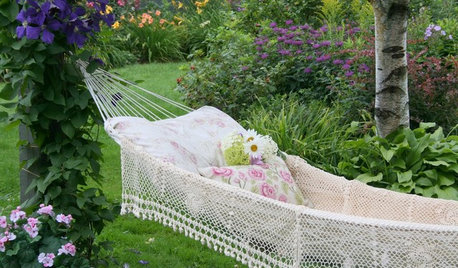
GARDENING AND LANDSCAPINGSwing Into National Hammock Day
Only one day to celebrate such a worthy pastime? Pshaw. Start on July 22 and let these photos inspire you to keep on rockin’
Full Story
PETS10 Tips for Keeping Indoor Cats Healthy and Happy
It's National Cat Day: Ask not what your cat can do for you (because it will ignore you) but what you can do for your cat
Full Story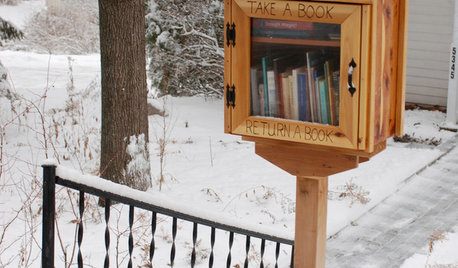
COMMUNITYBook It: Bring a Mini Library to Your Front Yard
Take a book, leave a book. An ingenious lending-library idea is sweeping the nation — see if it's right for your neighborhood
Full Story
DECORATING GUIDES'Soft Modern' Style Offers Best of Both Worlds
Mix in a few curves and soft colors but nix the clutter, and the happy result is a balanced new take on modern design
Full Story
INSPIRING GARDENSNative Plants Bring 10 Southern California Front-Yard Gardens to Life
Rare plants, rain gardens and wildlife habitats are just a few of the features showcased on the 2016 Theodore Payne Native Plant Garden Tour
Full Story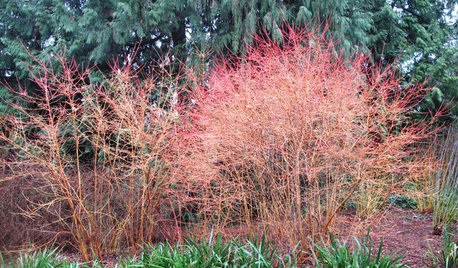
WINTER GARDENINGColor Sparks a Winter Landscape
Try these beautiful winter plants to give your garden pizzazz when most branches are bare
Full Story
MOST POPULARHow to Choose the Right Kitchen Sink
Learn about basin configurations, sink shapes, materials and even accessories and specialty sinks
Full Story
FUN HOUZZQuack, Quack: Happy Rubber Duckie Day!
Make January 13 all it's quacked up to be with a yellow little fellow perched on a sink, tub or table
Full Story


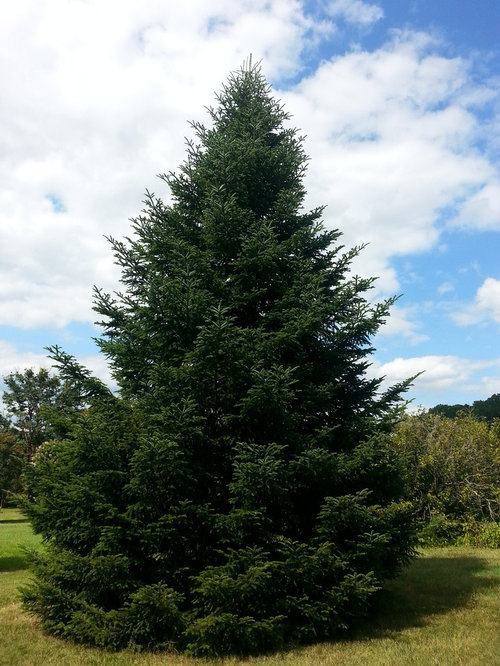



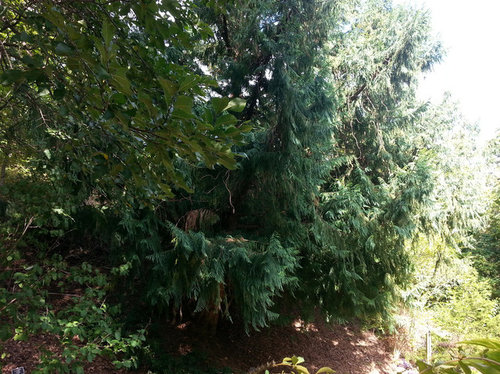







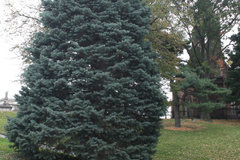




davidrt28 (zone 7)Original Author